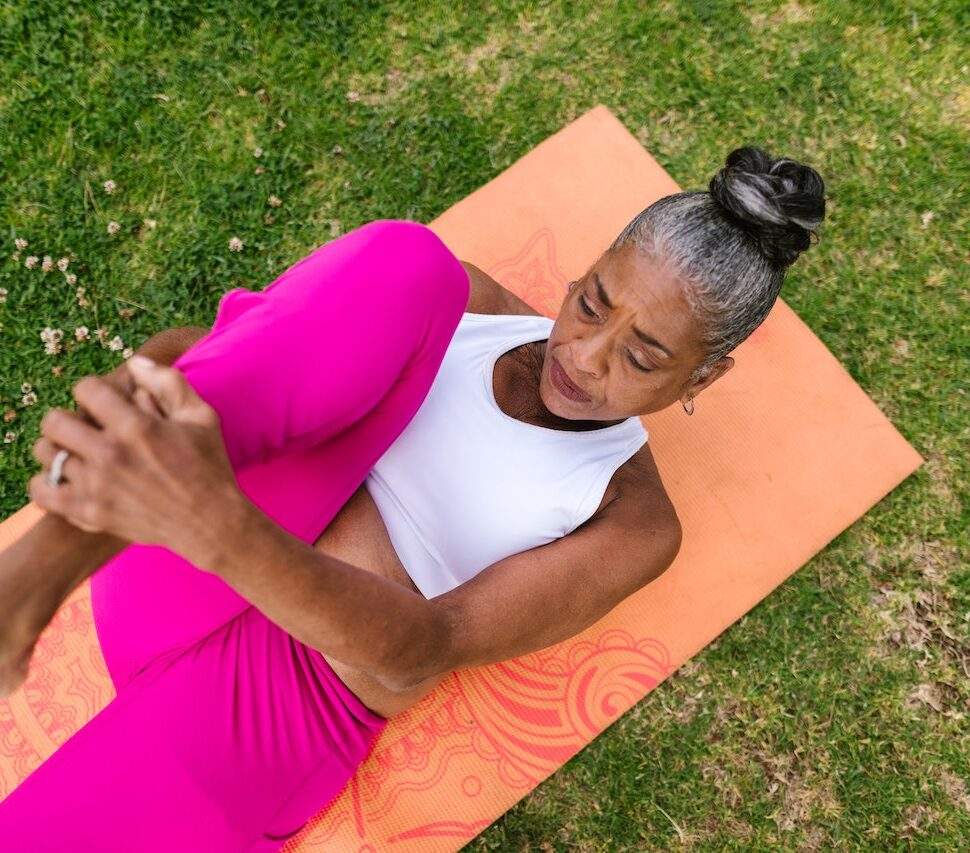As people age, the likelihood of falls increases significantly. In fact, falls are the leading cause of injury-related death among seniors aged 65 and above. This is why it’s essential for seniors to take proactive steps toward managing their fall risk. Exercise is one of the best ways to reduce the risk of falls. Not only does regular physical activity help maintain strength and balance, but it can also improve overall health and well-being. In this article, we’ll discuss the role of exercise in managing fall risk in seniors and provide some tips on how to get started.
The Benefits of Exercise for Seniors
When it comes to exercise, there are many options for seniors. Some low-impact exercises include walking, swimming, and yoga. Balance exercises, such as tai chi and chair exercises, are also great options. Additionally, weight-bearing exercises, such as weightlifting, can help strengthen and maintain bones.
Types of Exercises for Seniors
When it comes to exercise, there are many options for seniors. Some low-impact exercises include walking, swimming, and yoga. Balance exercises, such as tai chi and chair exercises, are also great options. Additionally, weight-bearing exercises, such as weightlifting, can help strengthen and maintain bones.
Guidelines for Starting an Exercise Program for Seniors
When starting an exercise program, it’s important to take it slow. Start out with short, low-impact exercises and gradually increase the intensity and duration as fitness levels improve. It’s also important to check with a doctor before starting any exercise program, as some conditions or medications may limit or prohibit certain types of exercise.
Fall Prevention Tips for Seniors
In addition to exercise, there are several other steps seniors can take to reduce the risk of falls. These include making sure the home is well lit, removing any tripping hazards, wearing shoes with non-skid soles, and using assistive devices, such as a cane or walker.
Conclusion
Exercise is an essential part of fall prevention for seniors. Not only does it help maintain strength and balance, but it also has many other physical and mental health benefits. When beginning an exercise program, it’s important to take it slow and check with a doctor before starting. In addition to exercise, there are several other steps seniors can take to reduce the risk of falls, such as removing tripping hazards and using assistive devices. By following these tips and incorporating exercise into their daily routines, seniors can reduce the risk of falls and stay safe and healthy.
